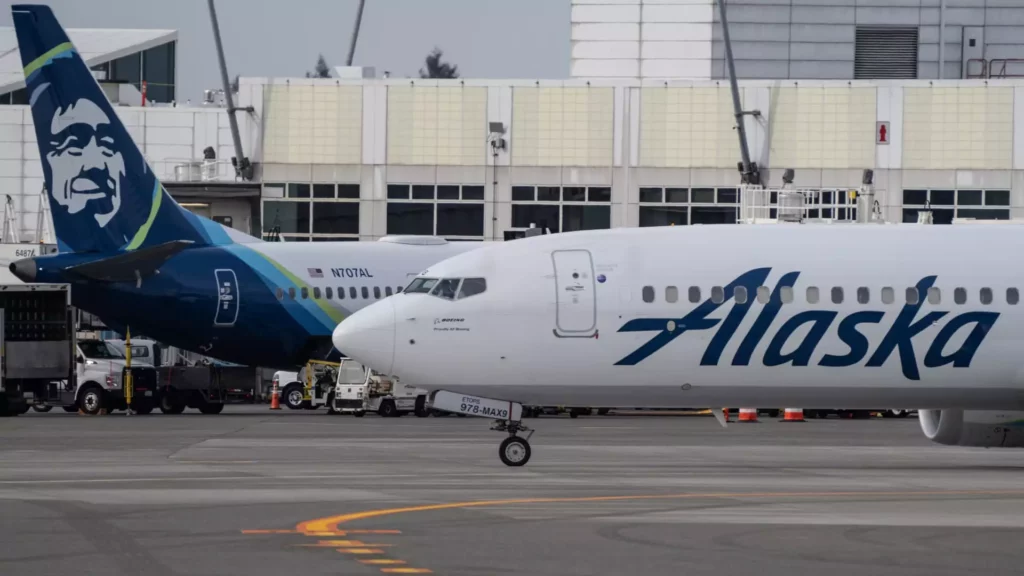![]()
Alaska Airlines recently announced their second-quarter and full-year earnings forecast, surpassing expectations despite facing challenges in the first quarter. The airline giant suffered a significant loss in January due to a midair blowout of a door plug on a Boeing 737 Max 9, resulting in a $132 million loss for the quarter. However, Alaska Airlines received $162 million from Boeing as compensation for the incident, with additional compensation expected in the future. The setback caused by the accident also led to delays in Boeing’s deliveries of new Max planes, impacting Alaska Airlines as a major customer. Despite these challenges, Alaska Airlines CEO, Ben Minicucci, expressed confidence in their partnership with Boeing but acknowledged potential shortcomings in aircraft delivery for the year.
Minicucci emphasized the importance of upholding high standards for aircraft quality and production, stating that Alaska Airlines relies on Boeing as a crucial partner in the aviation industry. The recent safety crisis at Boeing has drawn criticism from various stakeholders, including lawmakers and airline executives. Boeing’s CEO, Dave Calhoun, announced plans to step down by the end of the year, signaling a significant change in leadership amid ongoing challenges. Despite these developments, Alaska Airlines remains focused on delivering exceptional service to its customers while navigating the disruptions caused by delays in Boeing’s aircraft deliveries.
Alaska Airlines raised their adjusted earnings per share forecast for the coming year, projecting earnings between $2.20 and $2.40, exceeding analysts’ expectations. Additionally, the carrier anticipates strong financial performance in 2024, with earnings estimated to range from $3.25 to $5.25 per share, well above the industry average. The company’s stock saw a significant increase of over 5% following the earnings announcement, reflecting positive investor sentiment. Other major airlines such as Delta and United have also predicted a surge in travel demand for the upcoming year, which is expected to drive profitability and growth across the industry.
Despite the challenges faced by Alaska Airlines in the first quarter, the company reported revenue of $2.2 billion, slightly higher than analysts’ estimates. Adjusted for one-time items, the airline posted a net loss of 62 cents per share in the second quarter, lower than expected by industry analysts. Alaska Airlines remains committed to delivering exceptional service and maintaining a high level of reliability for its passengers, even amidst challenges in the aviation industry. By prioritizing quality control and customer satisfaction, Alaska Airlines aims to overcome obstacles and achieve long-term success in the competitive airline market.

Leave a Reply